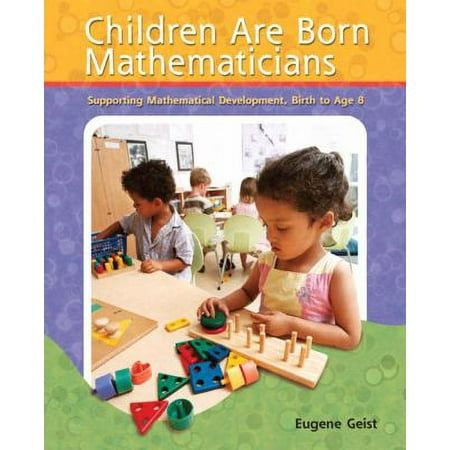
Mathematics in Third Grade
Third-grade mathematics marks a significant transition in a child’s mathematical education, building upon foundational concepts and introducing more complex problem-solving skills. Here’s an overview of key areas typically covered in third-grade math:
- Number Sense and Operations:
- Place value understanding up to 10,000
- Addition and subtraction with multi-digit numbers
- Introduction to multiplication and division
- Understanding fractions as parts of a whole
- Comparing and ordering fractions with like denominators
- Multiplication and Division:
- Memorizing multiplication facts up to 10×10
- Understanding the relationship between multiplication and division
- Solving word problems involving multiplication and division
- Introduction to the distributive property
- Geometry:
- Identifying and classifying 2D and 3D shapes
- Understanding attributes of shapes (sides, angles, faces)
- Introduction to area and perimeter concepts
- Recognizing and drawing lines of symmetry
- Measurement:
- Telling time to the nearest minute
- Calculating elapsed time
- Measuring length using standard units (inches, feet, centimeters, meters)
- Understanding liquid volume and mass
- Data and Graphs:
- Collecting, organizing, and representing data in various formats
- Creating and interpreting bar graphs, pictographs, and line plots
- Introduction to simple probability concepts
- Problem-Solving Strategies:
- Using various strategies to solve word problems
- Explaining mathematical thinking verbally and in writing
- Estimating to check the reasonableness of answers
- Money:
- Counting combinations of coins and bills
- Making change
- Solving real-world problems involving money
- Patterns and Algebraic Thinking:
- Identifying and extending number patterns
- Understanding and using simple equations
- Introduction to the concept of variables
Teaching Approaches:
- Hands-on Activities:
- Using manipulatives to represent mathematical concepts
- Incorporating games and puzzles to reinforce skills
- Real-World Applications:
- Connecting math concepts to everyday situations
- Using story problems to contextualize abstract ideas
- Technology Integration:
- Utilizing educational software and apps for practice and reinforcement
- Introducing basic spreadsheet skills for data organization
- Collaborative Learning:
- Encouraging peer discussions about problem-solving strategies
- Group projects that apply mathematical concepts
- Differentiated Instruction:
- Providing challenges for advanced learners
- Offering additional support for struggling students
- Regular Assessment:
- Frequent quizzes and tests to monitor progress
- Using formative assessments to guide instruction
Challenges and Considerations:
- Transitioning from concrete to more abstract thinking
- Addressing varying levels of readiness within the classroom
- Maintaining engagement and enthusiasm for mathematics
Third-grade math sets the stage for more advanced concepts in upper elementary grades. It’s crucial to ensure a solid understanding of these foundational skills to support future mathematical learning. Teachers and parents should focus on building confidence, encouraging problem-solving skills, and fostering a positive attitude towards mathematics during this critical year.




